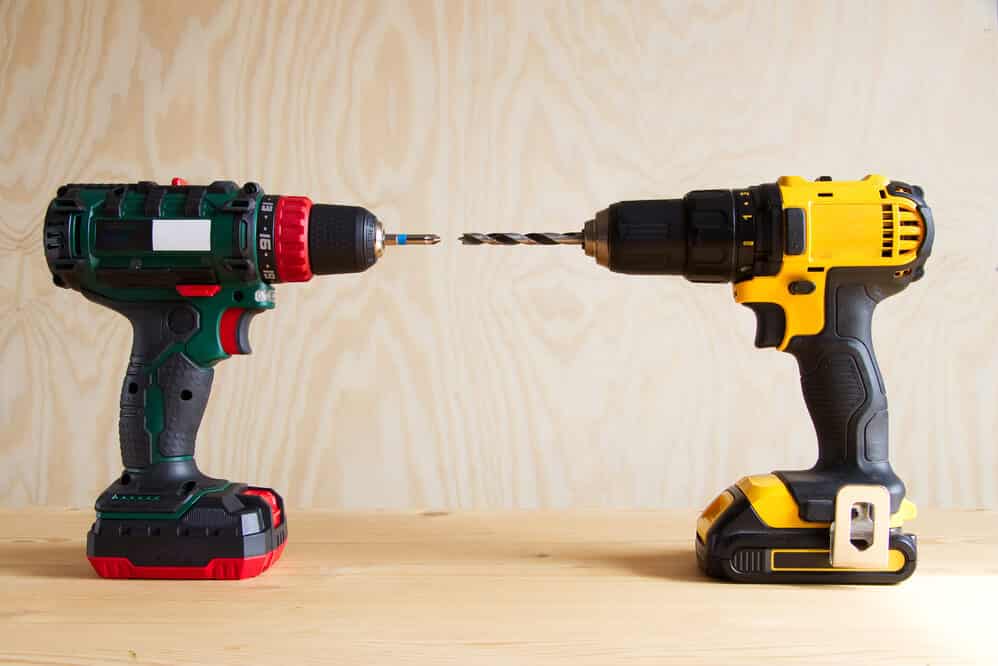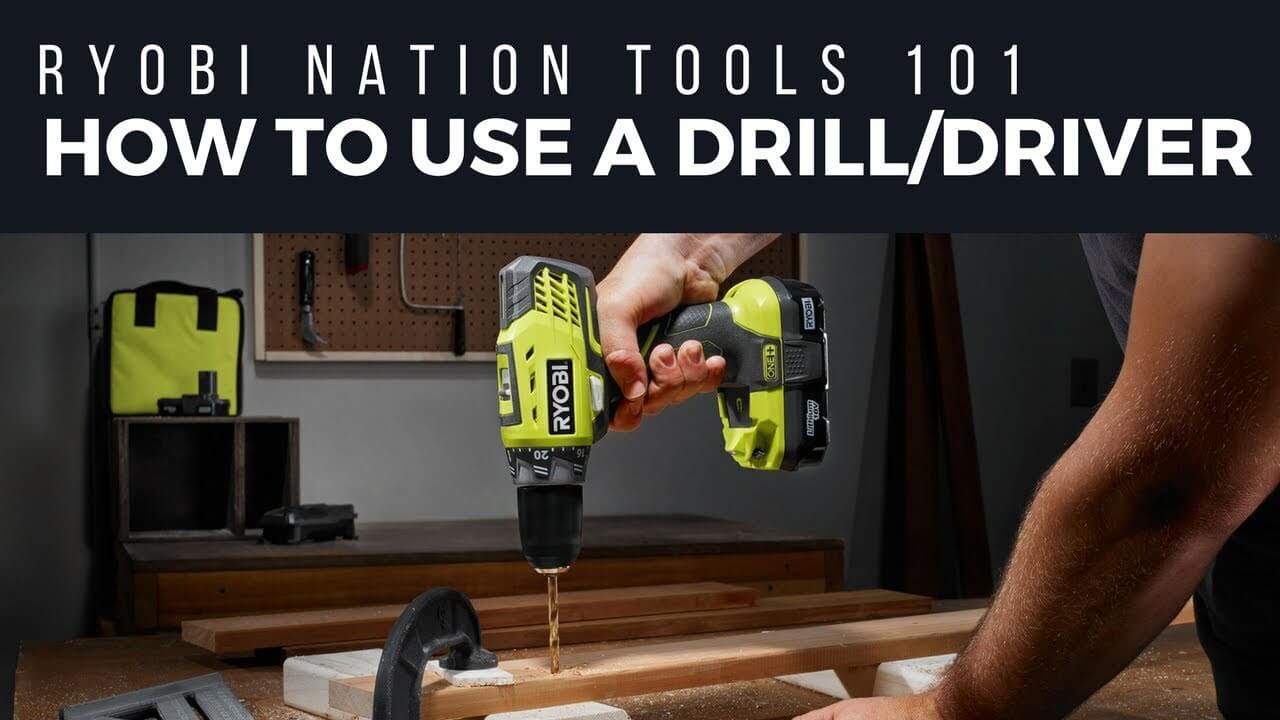Can a Cordless Drill Be Used as a Screwdriver?
Are you eyeing that cordless drill in your toolbox and wondering if it could stand in as a makeshift screwdriver?
In a Nutshell:
While a cordless drill can be used as a screwdriver with bits like Phillips or flathead, managing torque is crucial to avoid stripping screws or damaging materials. For tasks requiring more precision or higher torque, an impact driver is often a better choice. It provides greater efficiency and control, especially for heavy-duty screwdriving tasks. However, for lighter, everyday tasks, a cordless drill with the right bit can still be a versatile and convenient option.
Now that we’ve uncovered the capabilities and limitations of a cordless drill as a screwdriver, you’re better prepared for your next project. Whether it’s a light task or something demanding more precision, you know exactly which tool to grab. Stay tuned for more insights that help you master your toolbox!
Can I Use My Drill as a Screwdriver?
Indeed, both cordless and corded drills can be transformed into efficient screwdrivers. By selecting the right bit, like a Phillips or flathead, you can easily drive screws for various tasks. However, it’s crucial to manage the torque settings on your cordless drill. Proper torque management is key to preventing damage to screws or materials, especially in precision work.
For heavy-duty tasks demanding more precision or higher torque, consider using an impact driver. It offers enhanced control and efficiency, making it ideal for robust screwdriving jobs. Conversely, your drill, when equipped with suitable bits, is perfectly capable of handling everyday, lighter screwdriving tasks.
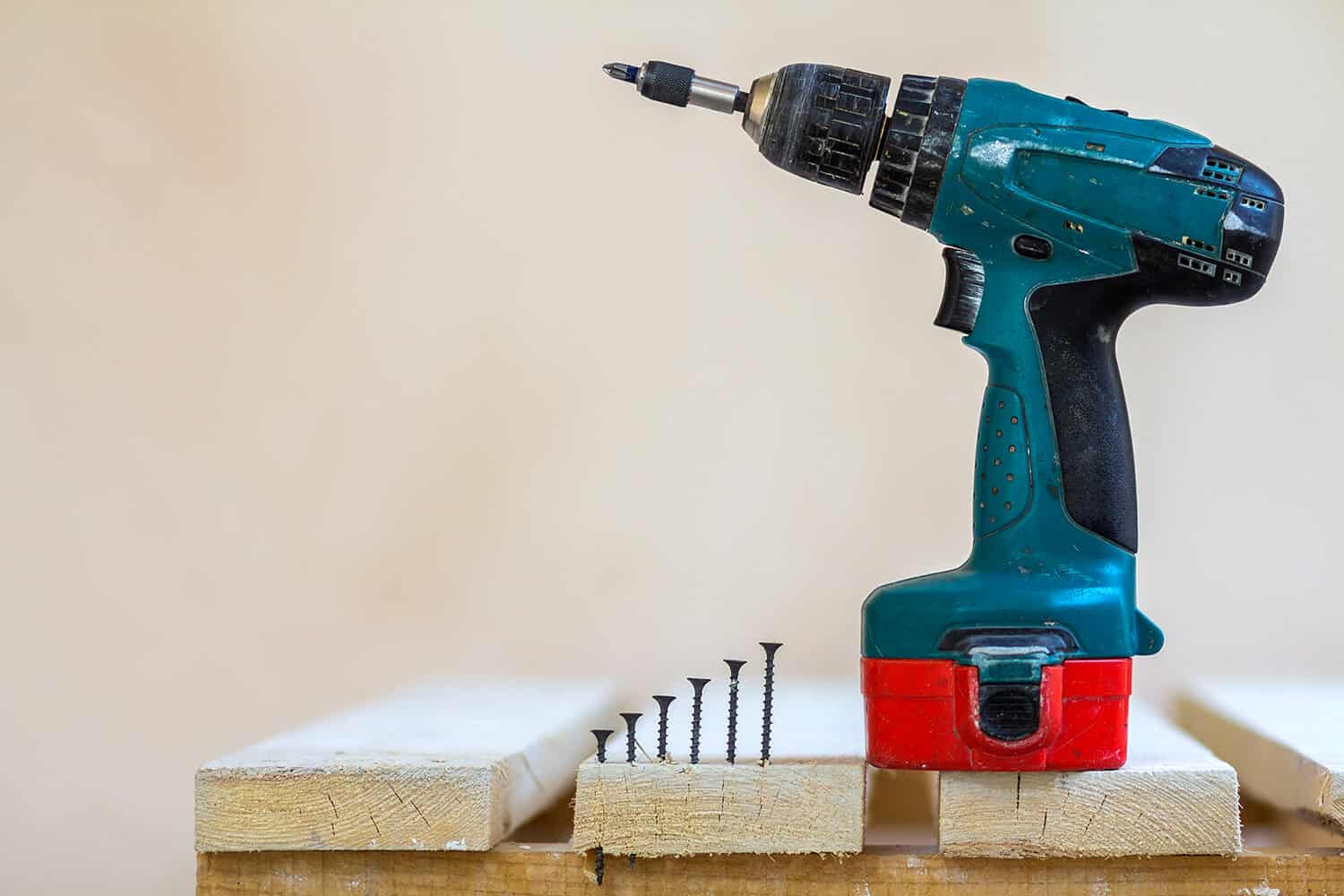
Check the List of Cordless Drill Functions (You Need to Know)
Understanding the Functions of a Cordless Drill
Cordless drills are versatile tools with several functions, some of which are particularly important for beginners to understand. Here’s a list of common functions found in modern cordless drills, with key features for beginners highlighted:
- Screwdriver Function: Many cordless drills can double as screwdrivers. Check if the model lists this feature.
- Beginner Highlight: Ensure the drill mentions ‘screwdriver capability’ to safely use it for screwdriving tasks.
- Variable Speed Control: Allows for adjusting the drill speed based on the task.
- Beginner Highlight: Crucial for controlling drilling speed to suit different materials and applications.
- Directional Switch: Enables the drill to switch between forward and reverse, useful for both drilling and removing screws.
- Torque Clutch: Prevents overdriving or stripping screws by controlling the amount of torque applied.
- Beginner Highlight: Important to prevent damage to screws or work surfaces, especially for delicate tasks.
- Drill Bit Compatibility: Indicates the types of drill bits that can be used with the drill for various drilling tasks.
- Battery Indicator: Shows the remaining battery life, helping to manage work time effectively.
- LED Light: Provides illumination in low-light working conditions.
- Hammer Function: For models that include this, it allows drilling into harder materials like concrete (not common in basic models).
- Ergonomic Design and Grips: Enhances user comfort and control, important for prolonged use.
For beginners, paying special attention to the drill’s screwdriver capability, variable speed control, and torque clutch is crucial. These features not only ensure versatility but also enhance safety and ease of use, making your DIY projects more manageable and enjoyable.
Benefits of Using a Drill as a Screwdriver
choosing between a cordless drill and an impact driver is a common dilemma. To aid your decision, our comparison table below succinctly outlines their benefits, focusing on everyday tasks and usability.
Comparing the Benefits of Using a Cordless Drill vs. an Impact Driver for Everyday Tasks
| Feature/Benefit | Cordless Drill | Impact Driver |
|---|---|---|
| Versatility | Highly versatile, suitable for a range of jobs including drilling and screwdriving. | Primarily designed for driving screws, especially in tough materials. |
| Cost-Effectiveness | More cost-effective as it eliminates the need for multiple tools. | Generally more specialized and might require additional investment. |
| Power and Force | Powerful enough for most home tasks and some tougher jobs. | Provides higher torque, making it better for heavy-duty tasks. |
| Portability | Portable and convenient for a variety of tasks anywhere. | Also portable, but primarily used for specific screwdriving tasks. |
| Ease of Use | Easy to use for both drilling and screwdriving, suitable for beginners. | More powerful and may require some practice to use effectively. |
| Suitability for Delicate Tasks | Can be adjusted for delicate tasks with appropriate settings. | The high torque can be overkill for delicate tasks, risking damage. |
| Battery Life | Generally good battery life, depending on the model and usage. | Similar battery life, but intensive tasks may drain it faster. |
Whether you opt for the versatile cordless drill or the powerful impact driver hinges on your specific needs. Each tool offers unique advantages, ensuring efficiency and effectiveness in your DIY projects.
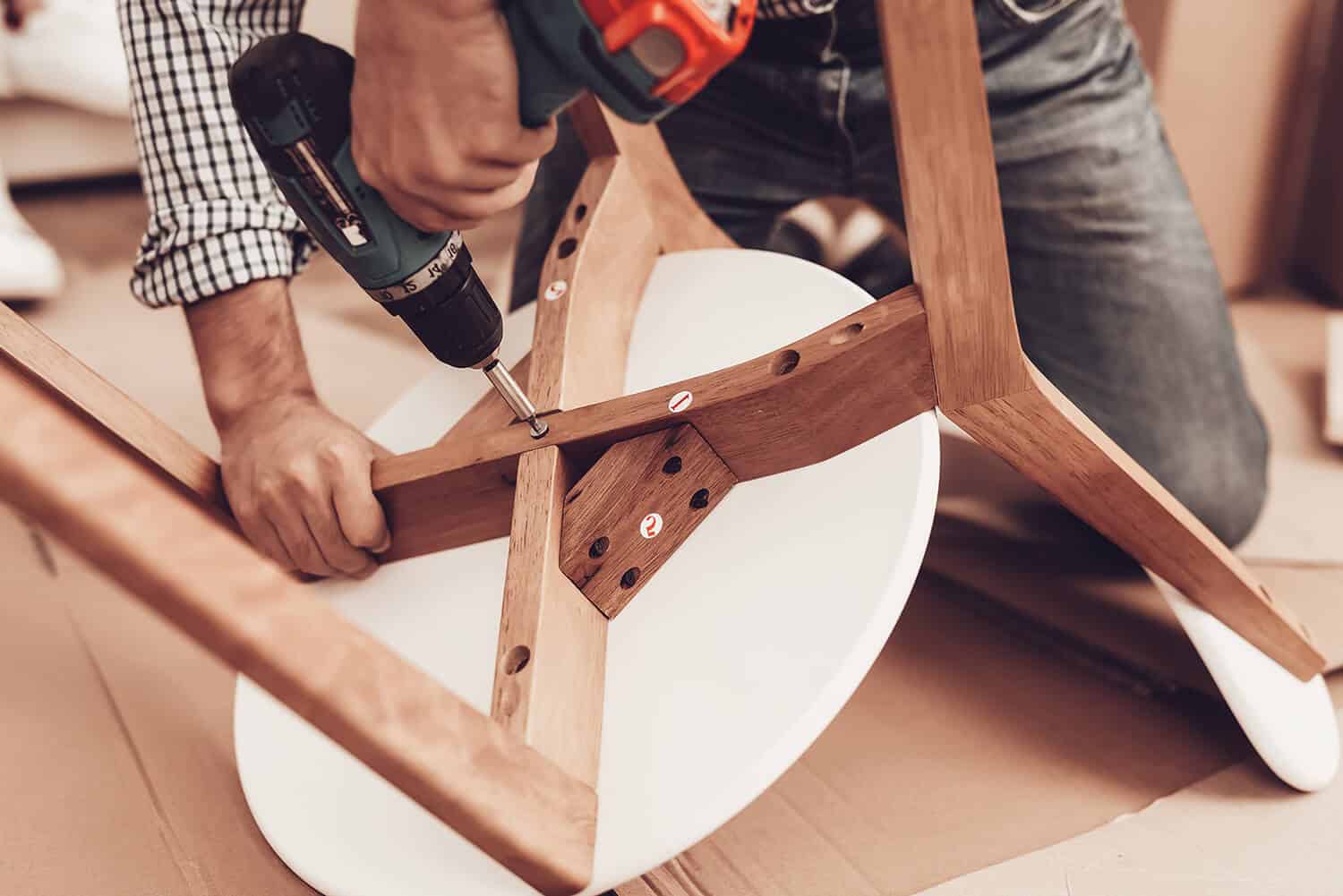
Is It Worth Having a Standalone Power Screwdriver?
While a versatile cordless drill can handle many tasks, including those of a screwdriver, you might wonder if there’s still a place for a standalone power screwdriver in your toolkit. This decision often hinges on personal preference and the nature of the tasks you undertake.
Pros of a Standalone Power Screwdriver:
Cons of a Standalone Power Screwdriver:
Ultimately, the decision to add a standalone power screwdriver to your collection depends on your specific needs and the types of projects you frequently tackle. If you frequently work in tight spaces or prioritize ease and precision for screwdriving tasks, a dedicated power screwdriver could be a valuable addition.
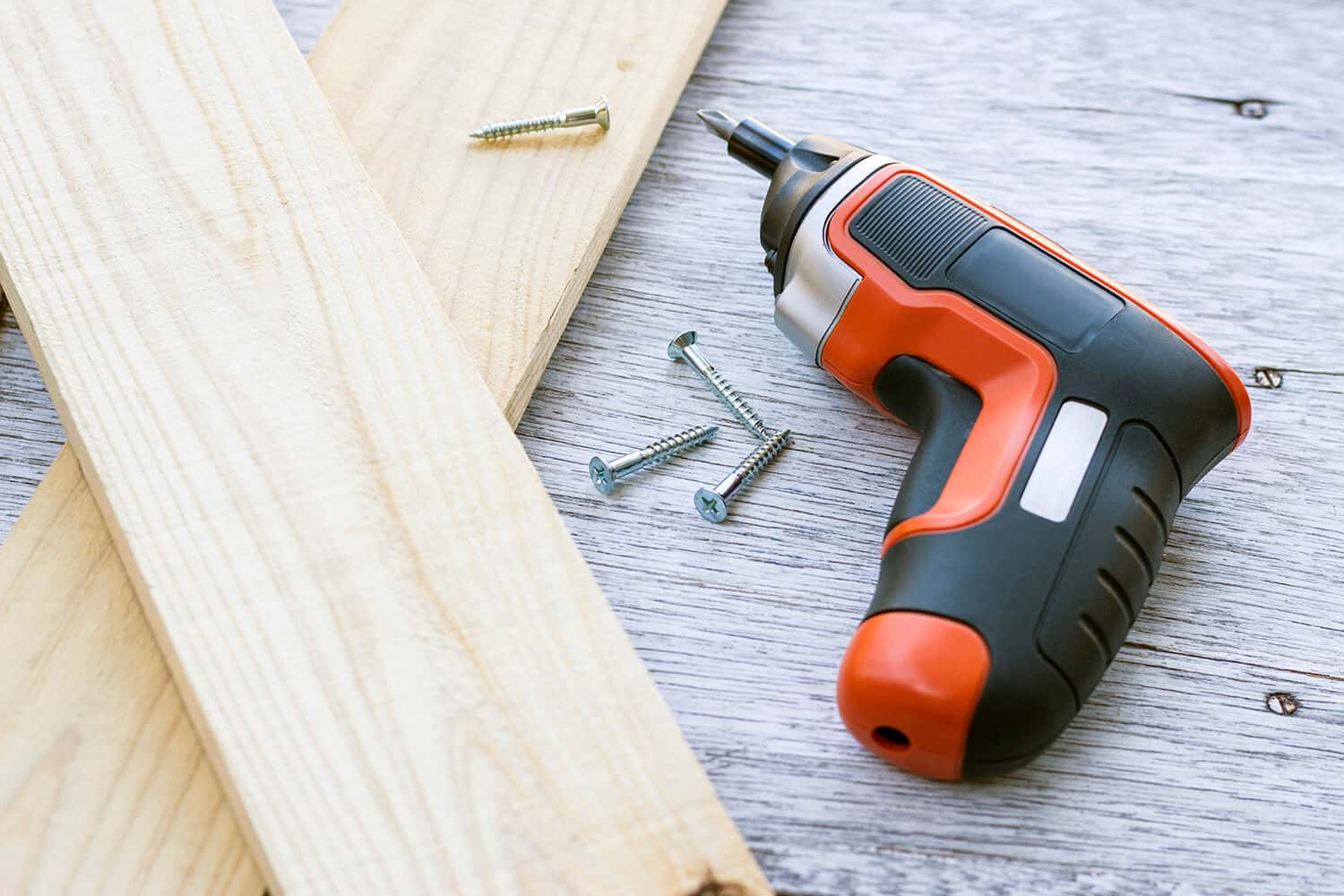
How to Use a Drill as a Screwdriver: A Step-by-Step Guide
You can easily convert your cordless drill into a screwdriver to streamline various tasks like furniture assembly, DIY projects, and minor repairs. This approach saves time and reduces the need for multiple tools. Here’s how to set up your drill for optimal screwdriving efficiency:
- Select the Right Screwdriver Bit: Choose a screwdriver bit that is appropriate for your task. The size and type of bit should match the screws you’re working with.
- Fit the Bit into the Drill’s Chuck: Carefully insert your chosen bit into the drill’s chuck. Ensure it is securely fastened and aligned properly.
- Adjust the Drill Setting (if available): If your drill has a specific screwdriver setting, select it. This setting is designed to optimize the drill’s performance for screwdriving tasks.
- Choose the Right Speed: If there’s no screwdriver setting, start with a low-speed setting. The right amount of speed and power depends on the material you’re working with; harder materials may require more power.
- To Remove Screws, Reverse the Direction: When you need to remove a screw, switch the drill to reverse direction. This allows you to extract screws smoothly and safely.
- Proceed with Your Task: Now that your drill is set up as a screwdriver, proceed with your screwdriving task. Always apply steady pressure and work at a consistent pace for the best results.
Remember, a cordless drill’s versatility makes it an invaluable tool in various scenarios. By following these steps, you can efficiently use your power drill as a screwdriver for a wide range of projects.
Which is the Best Cordless Drill Screwdriver?
This is kind of a loaded question considering all the options available when it comes to both cordless drills, and cordless screwdrivers. But with that said, there are some brilliant and very affordable cordless drills, impact drivers, and cordless screwdrivers that will make any DIY task substantially easier.
Now, which tool you choose to drill screws depends entirely on the project size and whether you’re looking for a specific tool just to drill screws.
Either way, if you want a detailed analysis and comparison of the best cordless drills, we conducted a complete review covering all of the top available models. If you’re interested in reading more and want to buy the best cordless drill of 2022 to drive screws, look no further.
Although, if you already have a cordless drill and you’re interested in buying a tool specifically just for driving screws like a cordless screwdriver, the Metabo HPT DB3DL2 could be a great little power tool for increasing your productivity when conducting light DIY tasks.

The Better Alternative?
For screwdriving tasks, choosing the right tool is crucial. While cordless screwdrivers are great for light duties like assembling furniture or tightening door hinges, they’re not cut out for more demanding jobs.
If your projects involve drilling into tough materials like hardwood or construction work, an impact driver is a much better fit. The Makita XDT131, for example, offers the high torque needed for these intense tasks. Its efficiency and power make it an essential tool for any challenging project.
For a more versatile solution, a combo kit such as the PORTER-CABLE Combo Kit is an excellent choice. This kit combines the general utility of a drill with the power of an impact driver, offering the best of both worlds. Though having both tools might seem excessive, regular users value the flexibility and efficiency they provide.
In essence, for efficient, high-speed screwdriving in challenging materials, an impact driver is the top choice, significantly outperforming other tools in terms of performance and productivity.
You can find out more about their ideal use cases and consider whether or not an impact driver would benefit you by checking out our recent article on whether impact drivers are worth it.
In Conclusion
As we have seen, it is possible in many cases to use a cordless drill as a screwdriver. If you are looking for a tool that will come in handy in many different situations, this is one of the reasons why a power drill can be your best choice.
Key Takeaways:
When it comes to power tools, you want something with a decent warranty that will be fulfilled if a fault occurs with your new prized possession.

